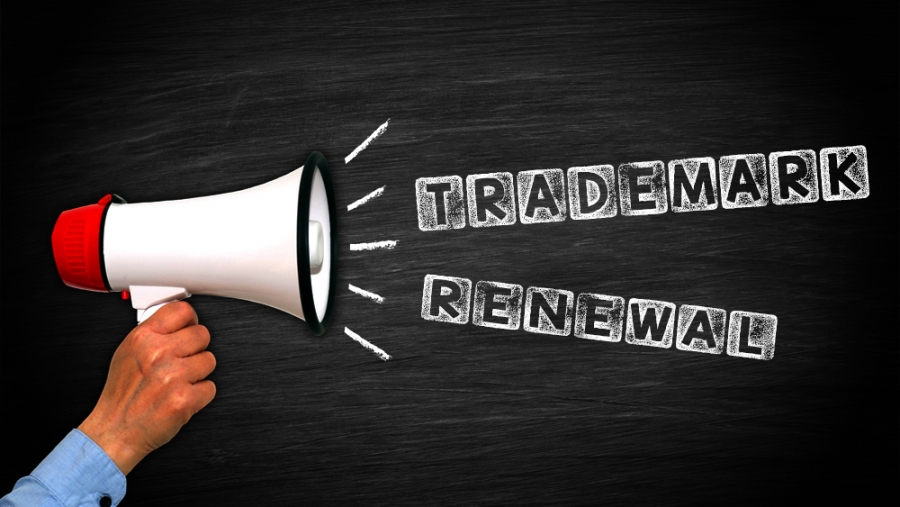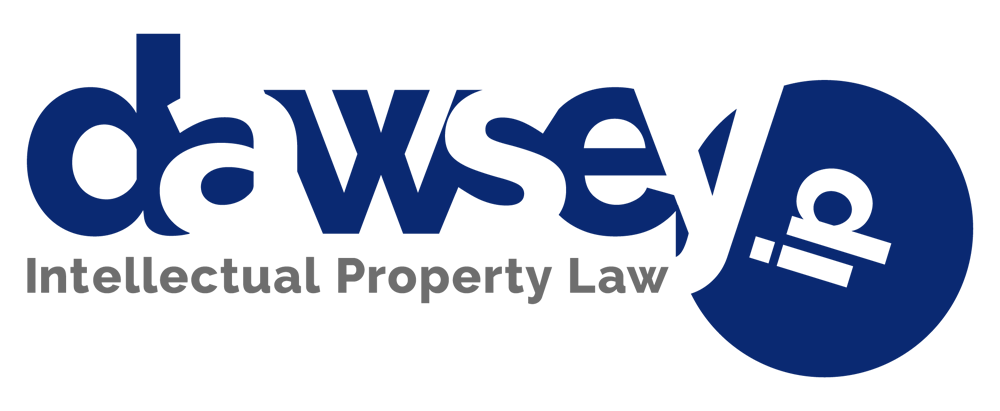
Trademark renewals
© 2003, Gallagher & Dawsey Co., LPA
February 2003
Last month we discussed the importance of paying patent maintenance fees, and the consequences for not doing so. Trademarks also need to be renewed, but the procedure and timetables are different.
The first renewal falls due during the year between the fifth and sixth anniversary of the first registration of a trademark, and subsequent renewals are due at ten year intervals. Renewals consist of two parts.
The first part is a “Section 8” affidavit. The affidavit is the applicant’s oath that the mark is currently being used in commerce, or an argument that special circumstances excuse the mark’s non-use. The Section 8 affidavit must describe the goods currently using the mark, and must contain specimens of the current use of the mark in commerce. The excusable reasons for non-use are relatively broad, and have included illness, fire, or other disasters; retooling; and temporary reduction in the demand for the goods and services. The Section 8 affidavit fee, as of January 1, 2003, is $400.
A “Section 9” renewal completes the application for renewal, and is substantially a formality, requiring the applicant’s signature and required fee of $100.
There is a six month grace period at the end of a registration period, during which time the registration can still be renewed at an additional fee, currently $100.
So far, it would appear that there is little difference between the maintenance fee procedures for patents discussed last month and the procedure for trademark renewals. However, this is not true.
One unique aspect of trademark renewals is the ability of the holder to request that the trademark be made “incontestable” under Section 15 of the trademark act. A declaration of incontestability may be filed at any time after the fifth anniversary of the registration. This can be a very misleading term. The registrant’s right to use the mark is protected from challenge only on a few grounds, such as validity of the registration or registrant’s ownership of the mark. The mark can still be challenged on a host of other grounds, such as abandonment, misrepresentation as to the source of goods, generic naming, or infringement. So in reality, “incontestability,” affords far more limited protection than many people think.
Another unique aspect of trademark renewals, as compared to patent practice, is what happens to a lapsed trademark. A patent that is not renewed expires, and passes into the public domain. Anyone can then use the formerly patented device, and no one can ever patent that device again. After a trademark lapses, any person or entity can apply to use that trademark! Subject always to the test of confusion, it is very possible for a trademark to show up in someone else’s possession.
